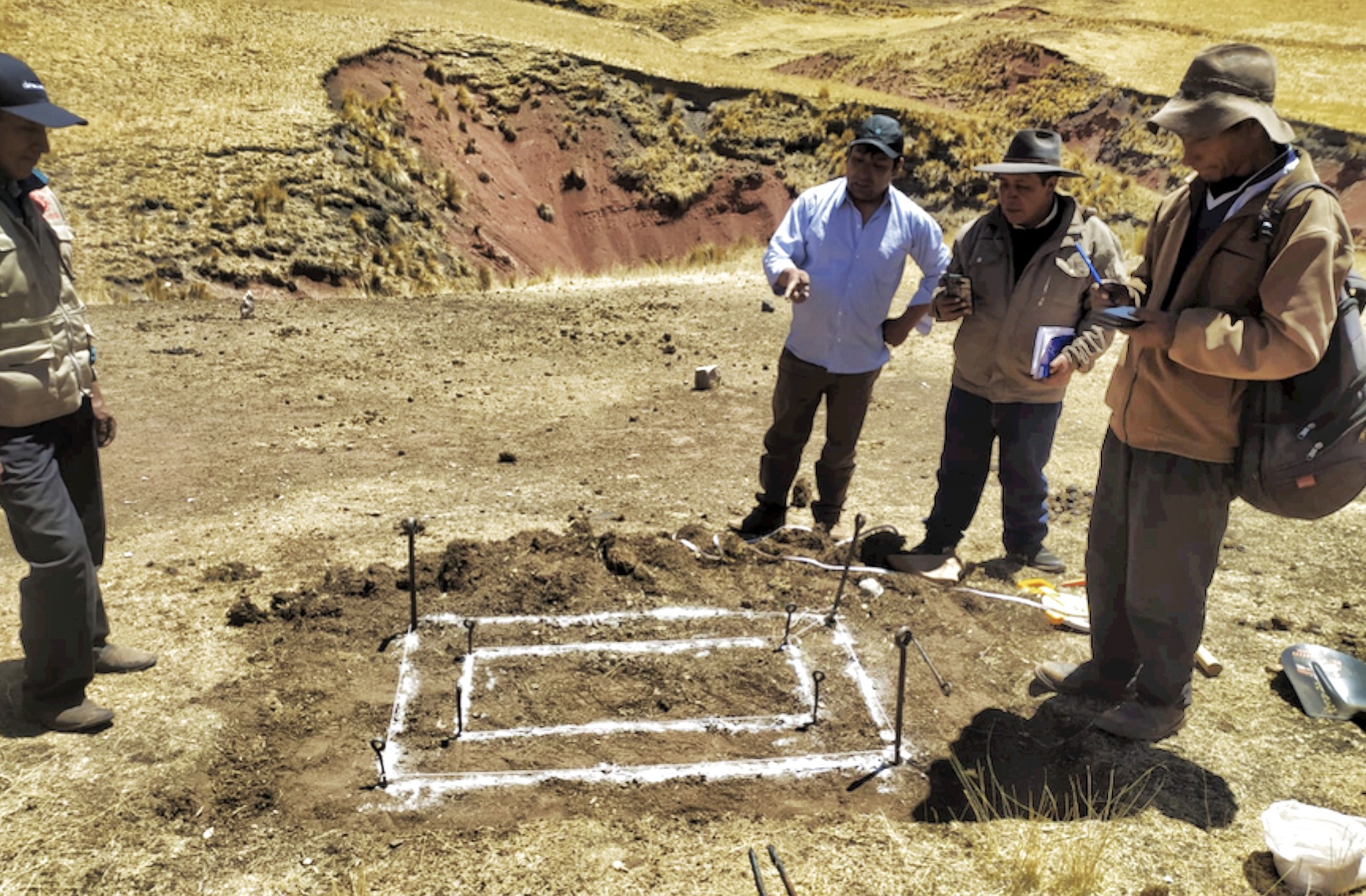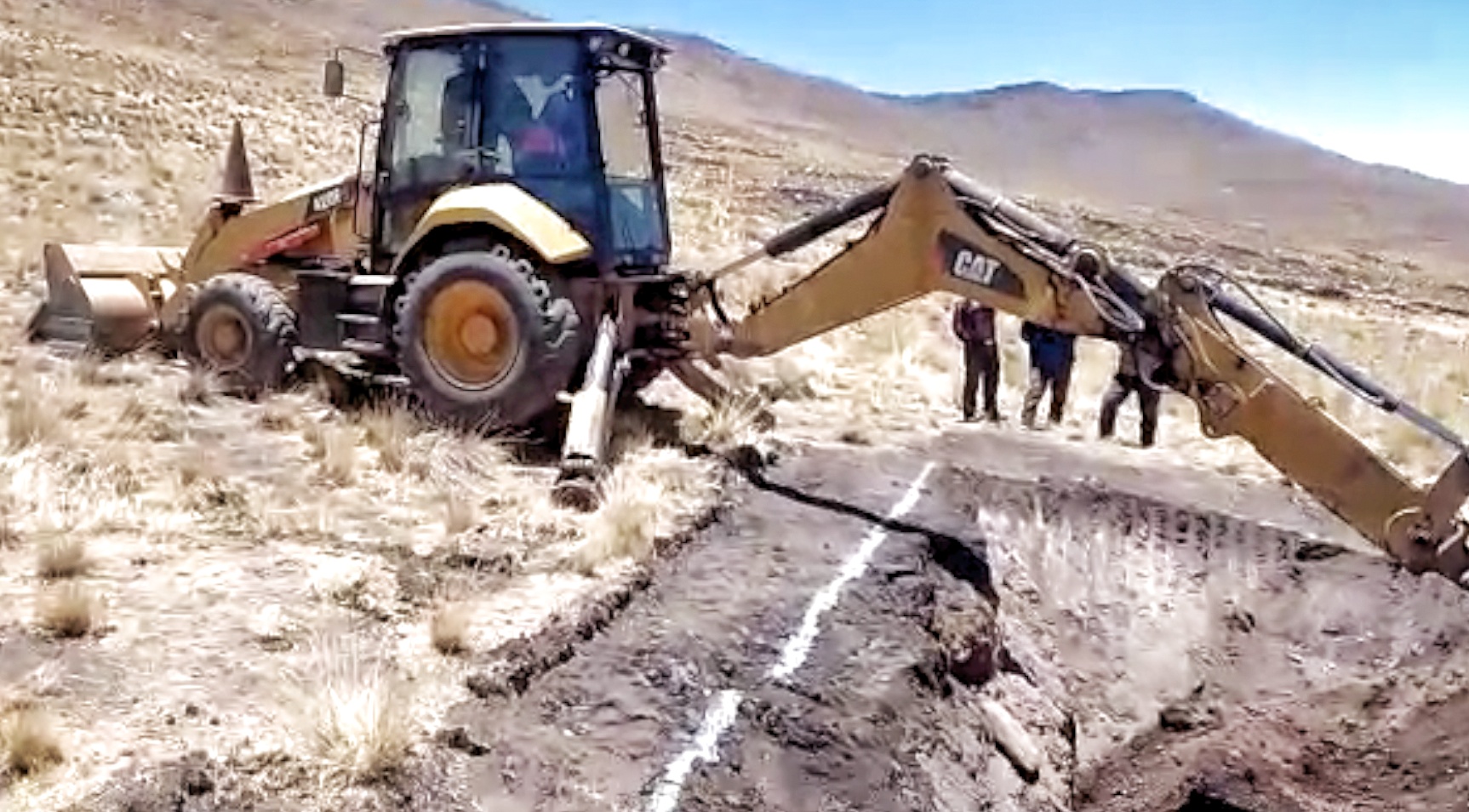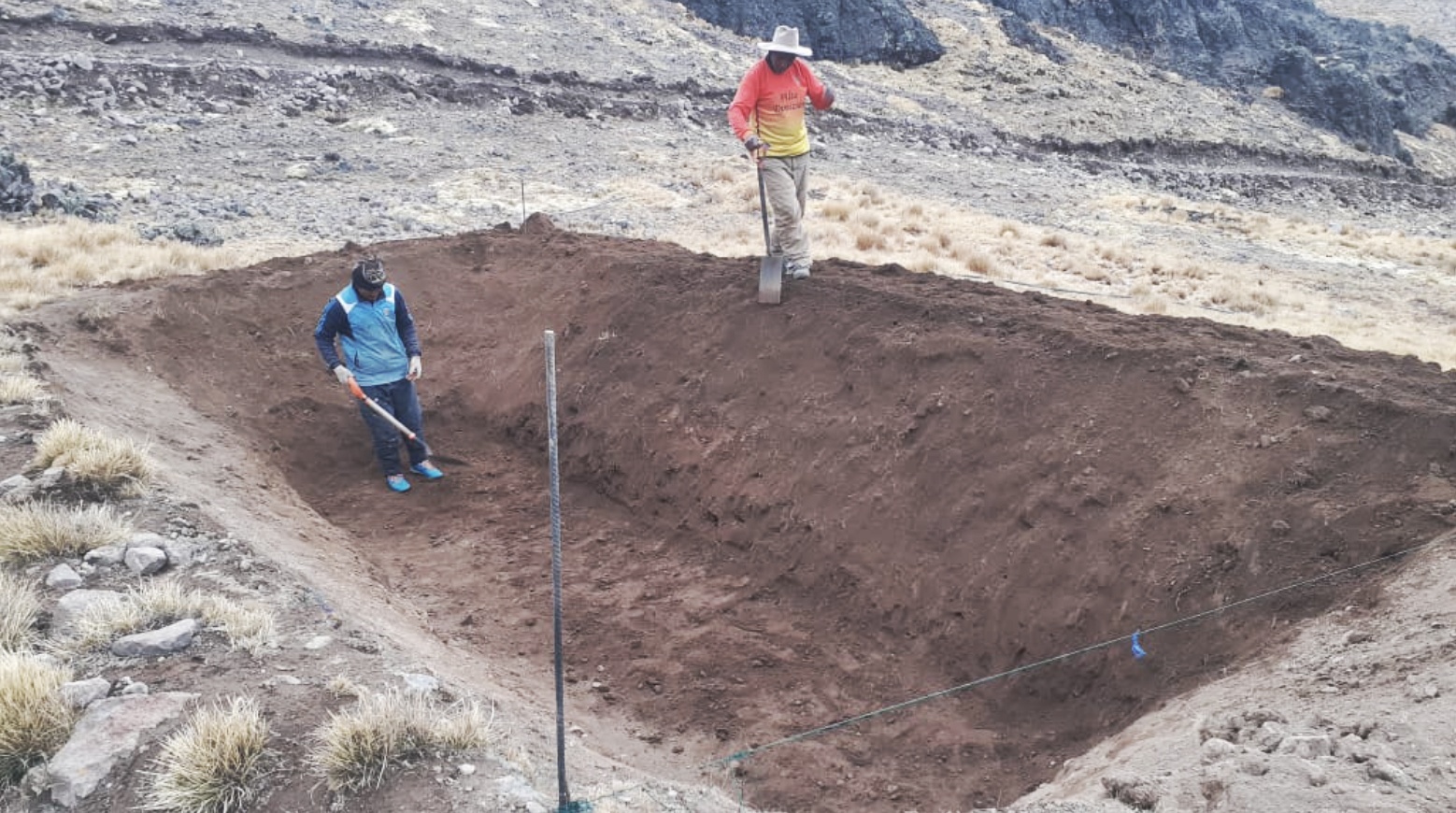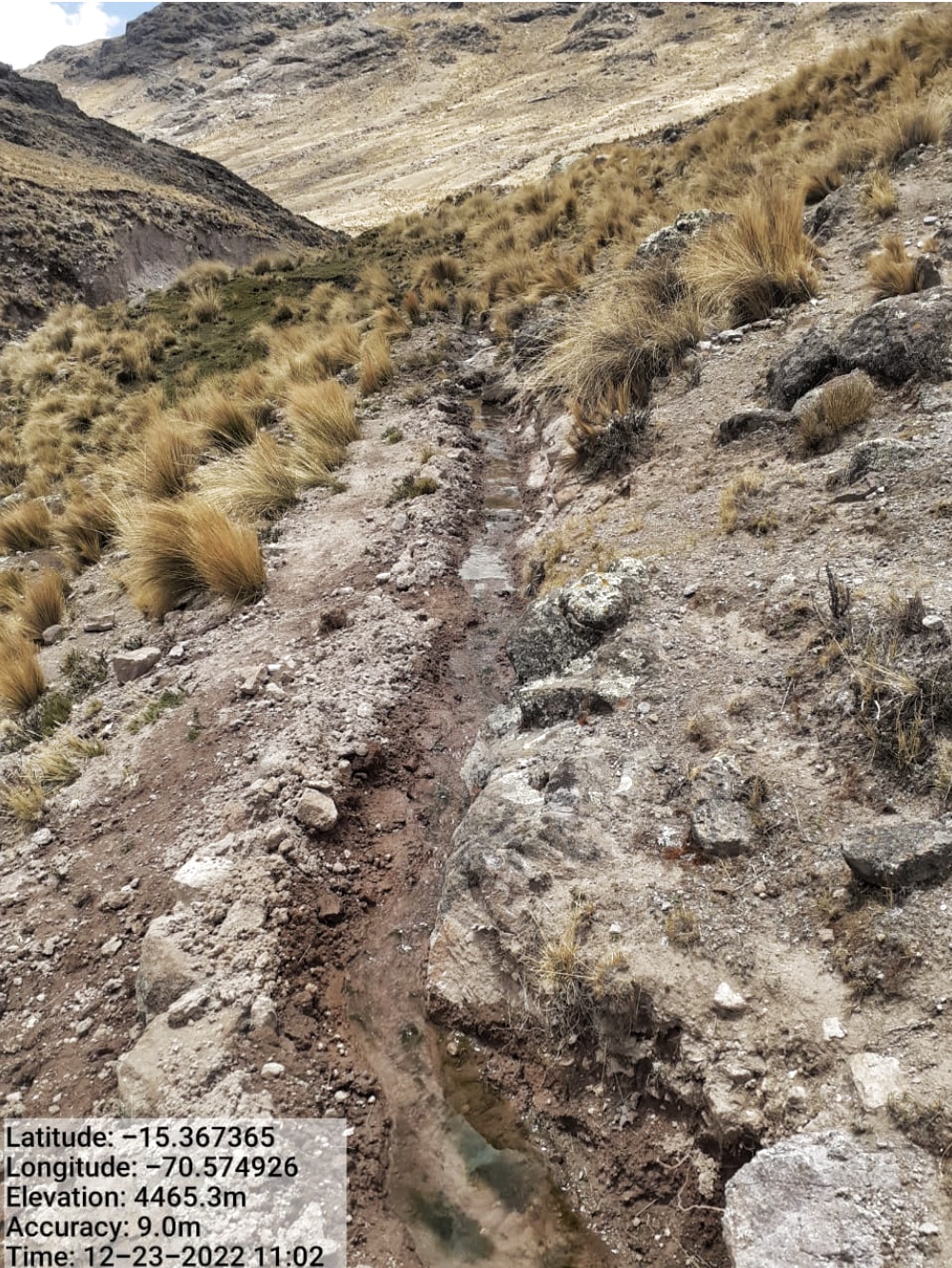This project is made possible through the partnership of WATER CHARITY and The Chinjaya Foundation. To read about the beginning of the project, CLICK HERE and to read a progress report on this project, CLICK HERE. To read details about the final report on this project, CLICK HERE.
Preliminary Report
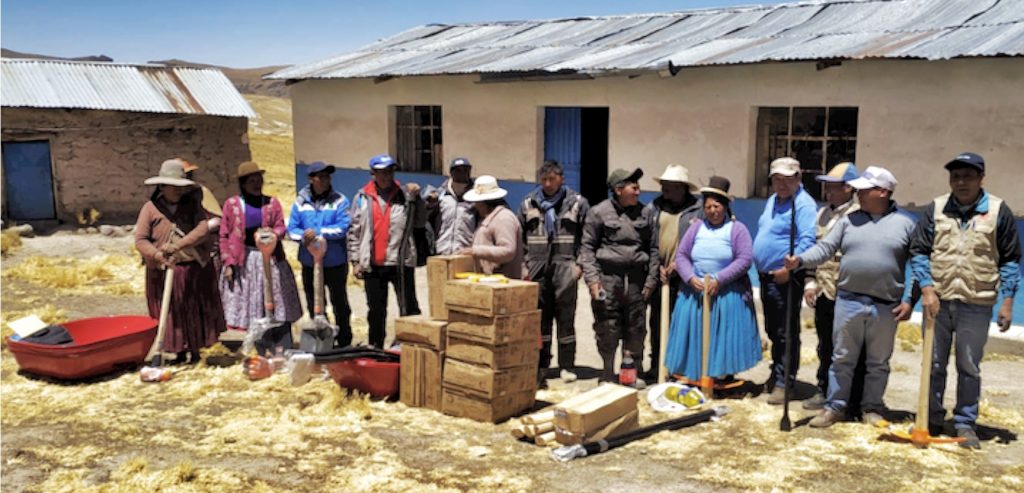
The second phase of the Restoration and Protection of Bofedales Project began in August 2022 with activities to measure baseline data during the peak of the dry season in Peru, to complement the baseline data previously measured during the rainy season. The metrics that were measured included plant mass and water flow rates in each bofedal.
After the assessment of baseline data was completed, community members worked with the project team to identify strategies to improve water supplies and increase plant mass in their bofedales. The following tables provide a summary of the activities communities identified to improve water supplies:
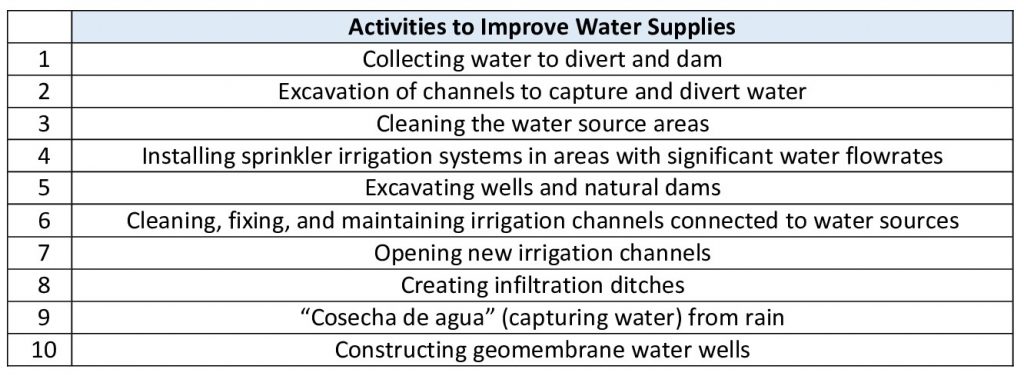
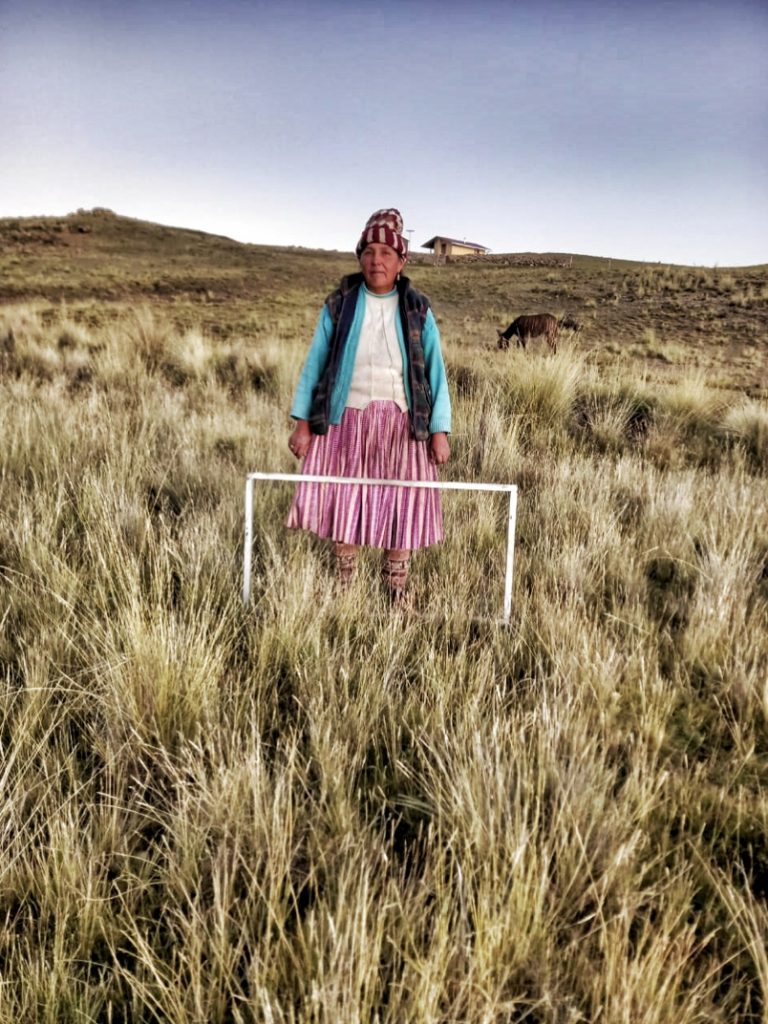
Many of these activities required communities to have the proper tools, so a request to modify to the budget was submitted and approved by Water Charity on October 14, 2022. The changes to the budget allowed us to take surplus funds previously budgeted for grass seeds and fencing to be used for the purchase of “tool libraries” for each community. The communities manage these tools and community members can use them to complete the above project activities. The tools will remain in the communities so that they can continue to maintain their landscapes. Project beneficiaries have been focusing their efforts to implement the strategies they identified to improve water supplies and much progress has been made. One activity to note is the construction of geomembrane water wells. This was a strategy identified for communities that have very scarce water supplies and sandy soils. The geomembrane water wells are basically manmade open reservoirs lined with geomembranes. The geomembranes prevent water loss that was occurring due to sandy soil so that project beneficiaries can capture water and direct it to their bofedales. Project beneficiaries are using their own funds to purchase supplies for geomembranes because this was not previously included in the project, however, the project team is able to provide technical support for the construction of the reservoirs.
The following table provides a summary of the activities communities identified to improve plant mass in their bofedales:

In addition to the political unrest in Peru, it is also important to note that the Andes are facing one of the most severe droughts that the region has seen in years. This project aims to prepare communities to face droughts and climate changes, but it was not expected that this type of drought would affect the area so soon. This may affect the expected outcomes of the project, but nevertheless, this project is being implemented at a crucial time when communities are facing a significant decrease in water supplies and project activities are helping to combat the effects of the drought.
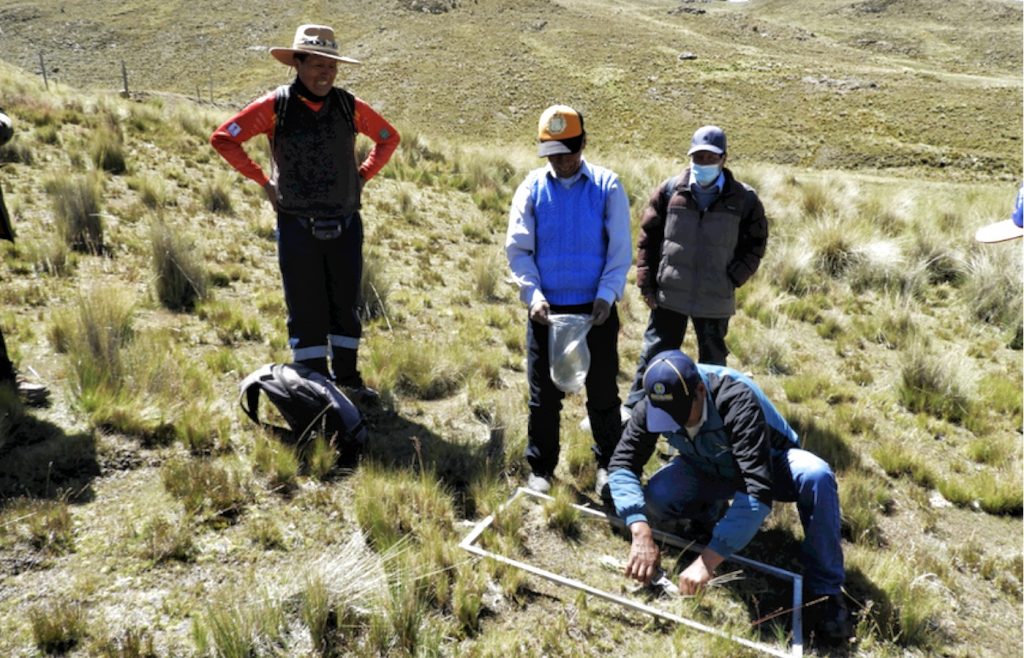
Some of the activities focused on improving plant mass have been delayed due to the current political unrest in Peru. Protests and curfews have significantly impacted transportation, especially in Puno where this project is located. We expect to deliver grass seeds and fencing to all communities that have not yet received these supplies by the end of February 2023. Once communities have all the necessary supplies, they will be able to complete any pending activities they identified to improve plant mass and water supplies. Each project beneficiary is working to complete their activities by the end of March 2023. The contracted engineer for this project is expected to complete the first evaluation of the project by the end of May 2023.
